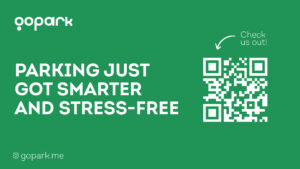Brands looking to expand in their respective markets have to consider tailoring their strategies to account for psychological factors. Marketing and psychology have always gone hand in hand. The behaviors, habits and biases of current and potential clients need to be considered when preparing marketing plans – collectively known as behavioral economics. When addressing these elements, consumers would be more susceptible to a ‘well-crafted pitch’.
How do we make decisions?
As humans, we tend to make many of our choices in a prompt and automatic manner, relying on the mental shortcuts that our brain is wired on. Our opinions and choices are ultimately influenced by reasoning, emotional factors, biases and memories. Take for example, why people tend to buy more of an item priced at USD0.99 versus USD1 (called the left-digit effect), why most of our gym memberships remain unused (optimism bias) and why we purchase items that we don’t really need (post-purchase rationalization).
And so, to market products or services in an engaging way, people need to either be persuaded to make a decision, or helped to change their minds.
So how can we influence decision-making?
- When someone can’t decide, they imitate. When faced with a decision over which restaurant to choose, which product to buy, or which service package to subscribe to, they usually refer to the one that has more followers, reviews or people. Create the ‘delight effect’ for your clients, and then work on increasing positive testimonials, reviews and star ratings can inspire people to take action.
- Make it simple. When people are unable to make a decision, due to too many factors that need to be considered, they typically go for the ‘default’ or easiest option. If you set up default options on your website, newsletters or in-store, it will typically entice people to accept that option.
- Limit their choices. When someone has an array of options before them, and a decision needs to be made, their brains will likely shut down. A variety of products, services, subscriptions and choices can overwhelm the customer and drive them to make a bad decision. Instead, offer them a tailored choice based on the data at hand.
- Data at your fingertips. With the magnitude of data at hand, businesses should use it to their advantage. Track a consumer’s journey on your website, understand social media behaviors, see who interacts with your newsletters. You can even ask for more information, when people are signing up. This way, tailored communication and marketing materials will be better received.
- Overwhelmed in a world of information. In today’s world, people are overloaded with information and getting their attention is a great challenge. Try to stimulate their curiosity to learn more about ‘what they don’t know.’ Think about this when writing headlines, preparing posts for social media, or devising the content for your website.
- Use words wisely. Some words drive people to make choices. When speaking to the consumer directly, use ‘you’ – it creates a more personal connection with them. Using the word ‘Free’ creates an automatic incentive and gets a person’s attention. And of course, people want to be reasoned with. Using the word ‘because’ can allow you to give your target markets a reason as to why a choice should be made.




